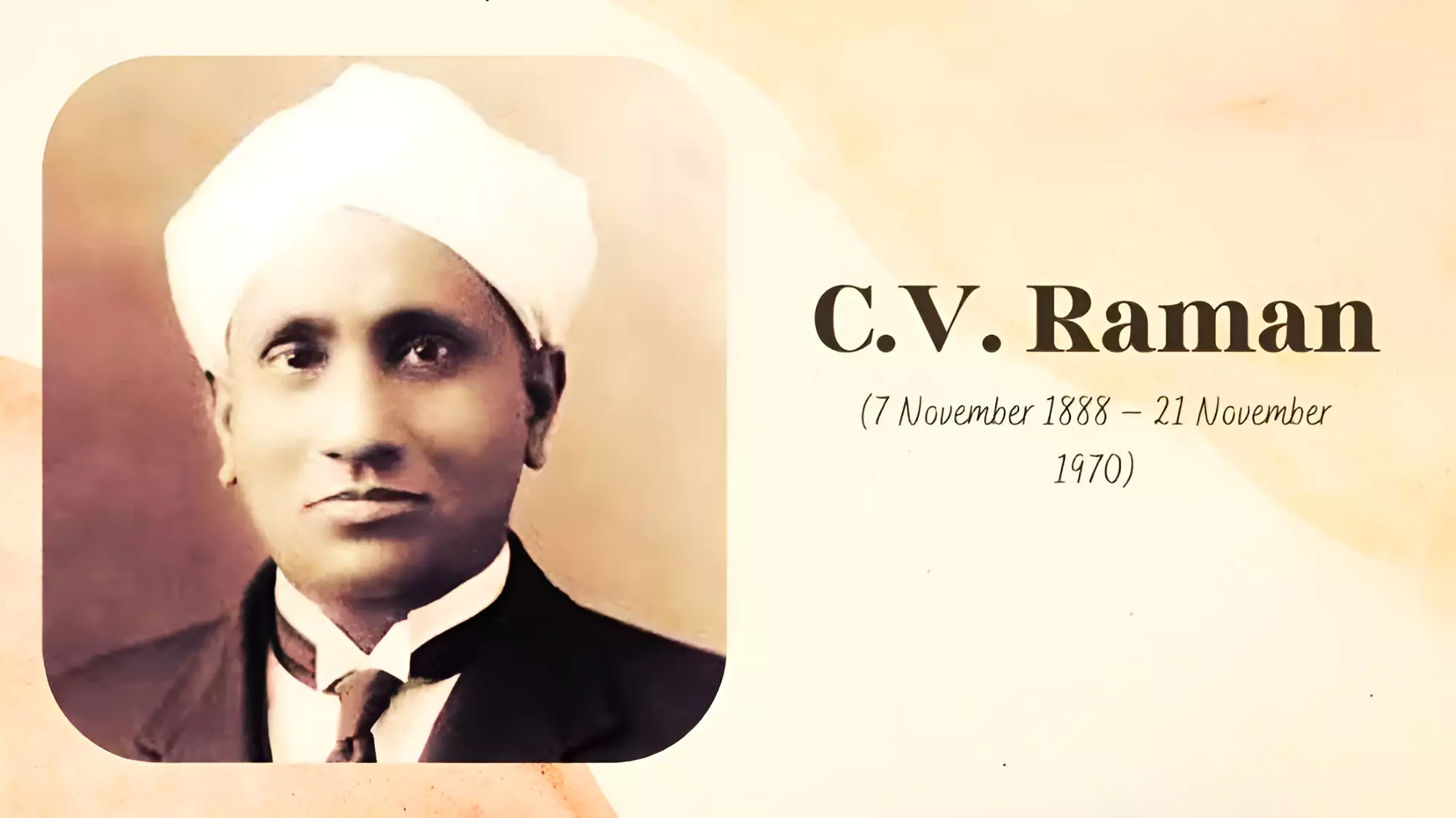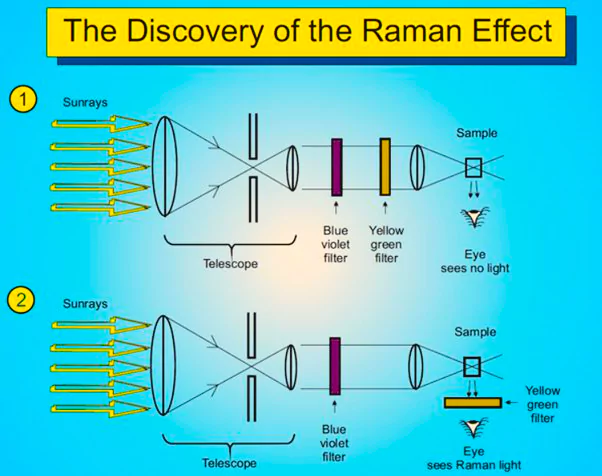![]() 28 Feb 2024
28 Feb 2024
National Science Day is observed on February 28 to commemorate the discovery of the Raman Effect by Indian Scientist CV Raman.


News Source: AIR
| Must Read | |
| NCERT Notes For UPSC | UPSC Daily Current Affairs |
| UPSC Blogs | UPSC Daily Editorials |
| Daily Current Affairs Quiz | Daily Main Answer Writing |
| UPSC Mains Previous Year Papers | UPSC Test Series 2024 |
<div class="new-fform">
</div>